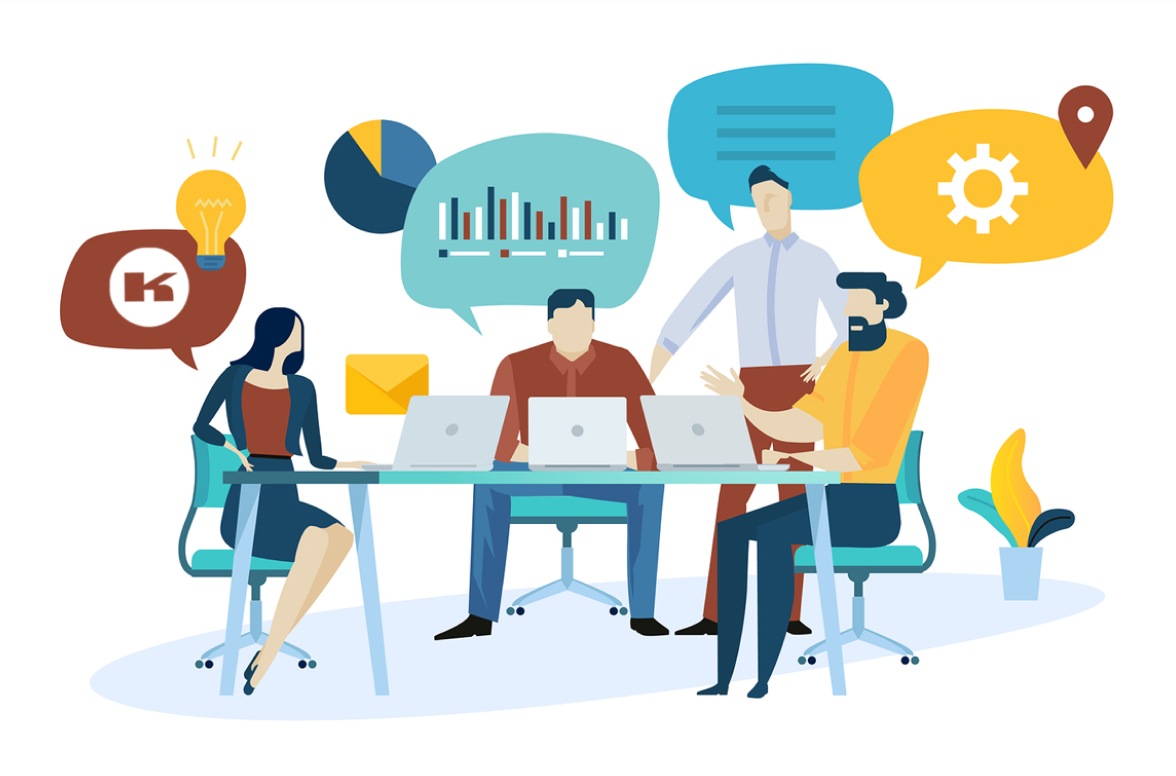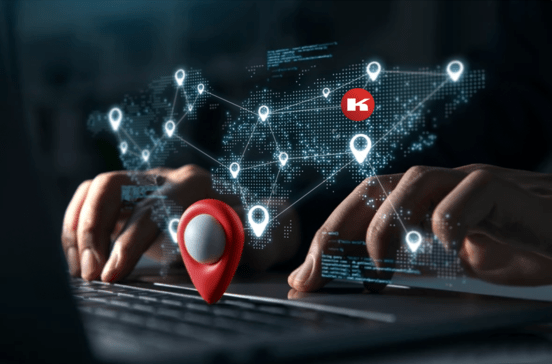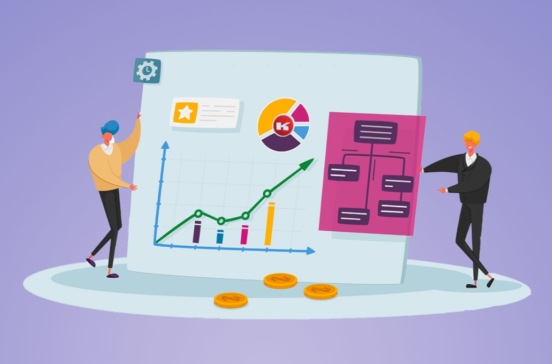23 January 2023
From new blockades in China and the ongoing war in Ukraine to skyrocketing inflation, an exuberant 2022 has opened a new chapter in an era of uncertainty.
In an epoch of great changes, procurement teams that rely on 20th-century models and technology often struggle to remain afloat. Digitalization allows procurement to reinvent itself, accelerate processes, and add flexibility without losing control over cost and risk.
This may seem uncharted territory at first, but the next generation of procurement will be built on a model as old as time itself. To look to the future, companies need to move away from spreadsheets and look in a new direction.
1. An interconnected ecosystem
A forest is not just a group of individual trees competing with each other for light, water and nutrients. They are all connected by a huge, microscopic network of mycelium, a thread-like fungus woven into the roots of each plant. This “Wood Wide Web” extracts the resources it needs from the environment and makes sure they get to where they are needed. It even transmits information: for example, when a tree is attacked by insects, it sends warnings to others via the living web so that they can activate their defense.
In terms of connectivity, flexibility, and even data, supply chain relations are many years behind these natural networks. But this is how procurement will evolve in the coming years: from fragile, individual business relationships to more organic, dynamic and resilient networks.
The best example of these new networks is B2B marketplaces that bring global buyers and suppliers together in a single, symbiotic ecosystem. For example, Kompass.com makes it possible to connect sellers and buyers around the world using search criteria and sorting filters.
2. The perfect storm
Supply chain operators have long realized that traditional B2B sourcing is inefficient and time-consuming, especially when compared to the selectivity and efficiency that characterizes consumer markets. While processes were gradually going digital, procurement relationships remained analog. Covid was the catalyst for the digital revolution and an upheaval in procurement.
Supply disruptions highlighted the risk associated with just-in-time procurement. When their suppliers fail, companies should be able to seamlessly switch to another supplier they trust in terms of quality and delivery.
Similar to B2C markets, B2B markets are about using a wide variety of suppliers from around the world. But there’s more to it than that: the marketplace model responds to the twin trends of digitalization and supply chain sustainability.
Effective B2B marketplaces add value in a number of key areas:
- Content: They accelerate purchasing by providing access to a wide range of products, suppliers and prices that are digitally connected to the buyer.
- Productivity: They improve process efficiency through a common, standardized infrastructure that enables fast, accurate and increasingly automated operations at scale on cloud platforms.
- Control: They reduce risk by pre-screening each participant for required product standards and digital processes.
- Connectivity: They provide sustainability by providing quick access to alternative suppliers in the case of supply disruptions and by running equivalent sourcing options.
- Ease of use: They are intuitive and easy to use, allowing employees to save time, streamline workflows, improve processes and build stronger and more meaningful relationships with partners and suppliers.
Transitioning to this model is not a major technical challenge. It does, however, require a change in mindset. The nature of the digital network allows all participants to buy direct from suppliers, listed on a customized database. Small and medium-sized businesses can begin their digitalization journey and compete with global suppliers.
3. B2B Marketplace Trading Platforms
According to Gartner, eighty-three percent of B2B buyers say they prefer ordering through digital commerce to complete their B2B purchases.
70% of B2B decision makers say they are open to making new, fully self-serve or remote purchases in excess of $50,000, and 27 percent would spend more than $500,000
By 2023, it is estimated that US B2B eCommerce will reach $1.8 trillion and account for 17% of all B2B sales in the US by 2023.
There is a wide range of marketplaces out there, and it can be hard not to see the forest for the trees. Many of them masquerade as B2B marketplaces, when in fact they are just poorly disguised B2C networks or marketplaces that do not support the specific criteria for B2B trading. What should buyers look for when choosing a marketplace?
Most marketplaces, whether B2B or B2C, are simple and intuitive to use. To determine their true value and sustainability, businesses need to look beneath the surface. B2B shopping has many more moving parts than B2C shopping, from sourcing and selecting suppliers and products to handling inquiries, contracts, payments and logistics. For example, a tool like EasyList will generate a list of potential suppliers across 70 countries in just a few clicks.
4. A global network for 21st century commerce
Corporate customers may want the same user experience they’re used to from Netflix or Amazon. But they also want robust management, compliance and integration processes on the back end. While the demand for B2B marketplaces is evolving, there are still plenty of solutions pretending to be corporate products but don’t stand up to the test.
A good B2B marketplace platform should provide buyers with true transparency and competitive offers at a low cost of supplier search and engagement. A more efficient, sustainable and flexible supply chain will only be possible if all stakeholders – from suppliers to freight forwarders, from banks to buyers – are connected in a single digital network. In this network, companies can create their own marketplace, invite trusted business partners and take advantage of industry group purchasing or create an entirely new, vertically integrated supply chain.
Given the economic storm and further turmoil, it may be a long time before the global economy emerges from the crisis. Using B2B marketplaces, companies are laying the groundwork for a new commerce characterized by choice, transparency and, above all, sustainability.
5. Supplier list generating tools
Use online tools, aimed to find and add suppliers on your list according to your specific needs and requests.
For example, ContactPlus is a way saving time to prepare your short list of potential suppliers for free. Let others do the job for you and connect you to reliable and trustable suppliers that can help you improve your value chain in terms of quality and money.
We invite you to take advantage of the great opportunities offered by the Kompass International Information System. Start digitalizing your procurement processes today!












Comentarios
No Comments